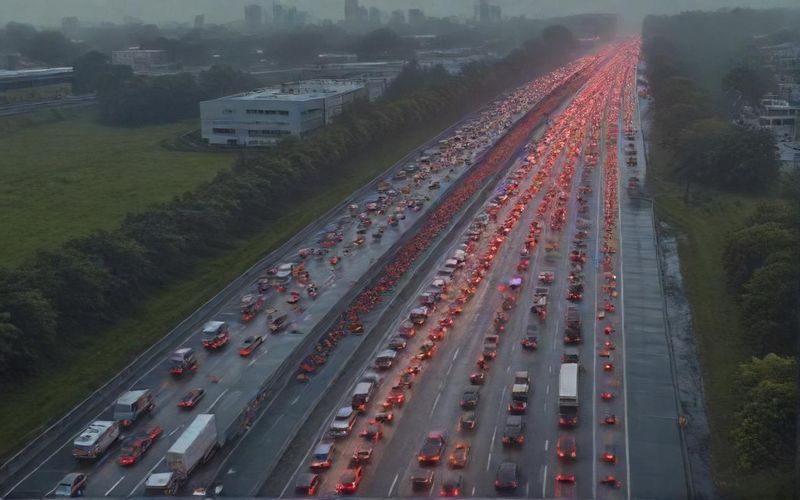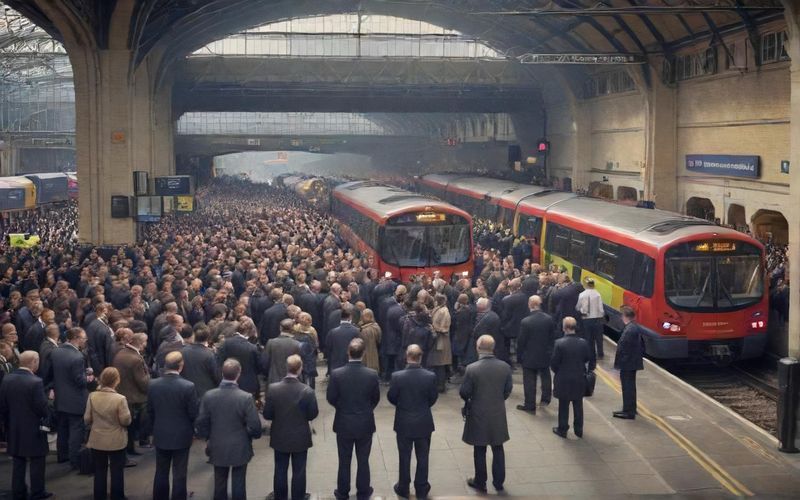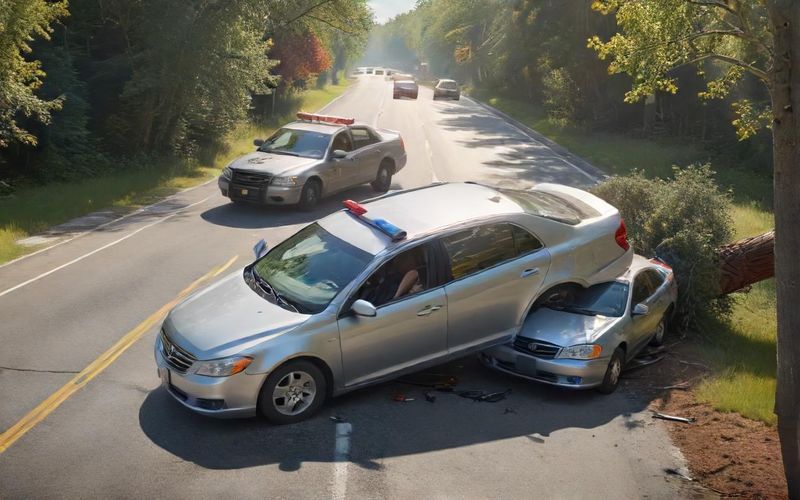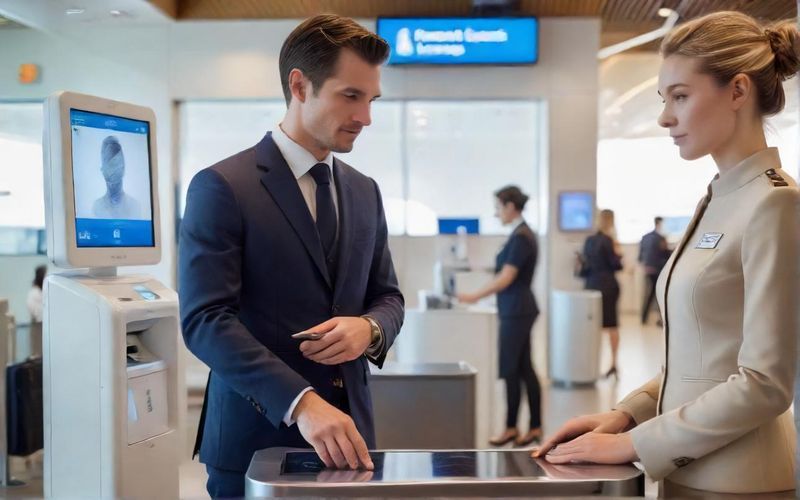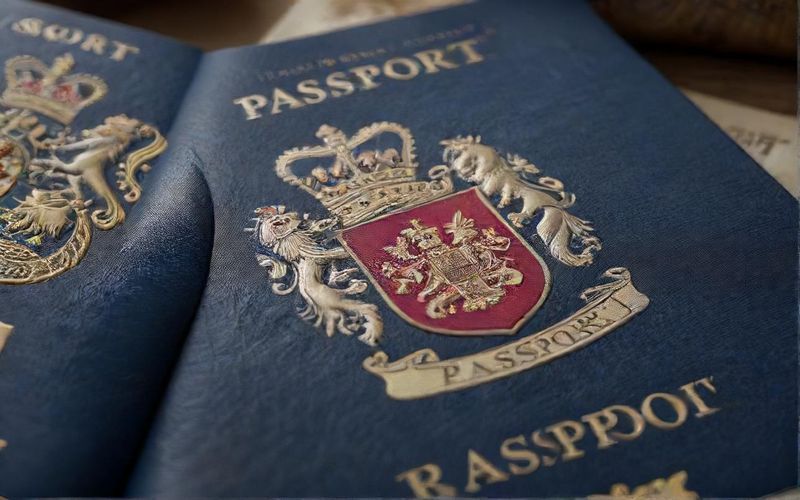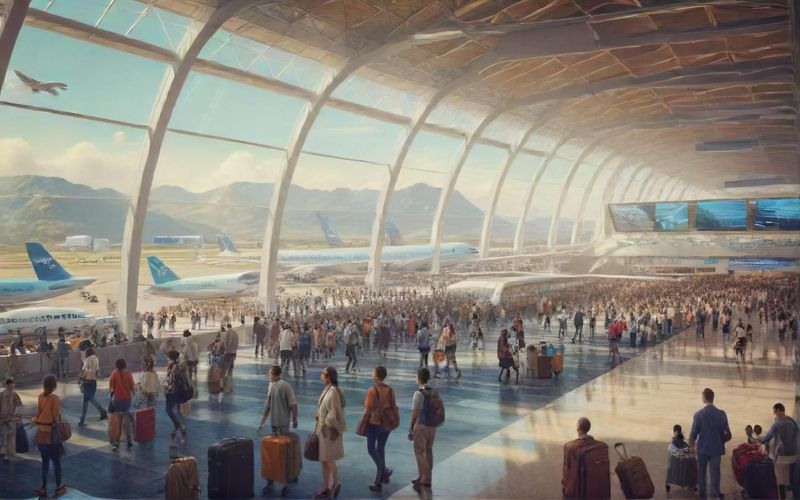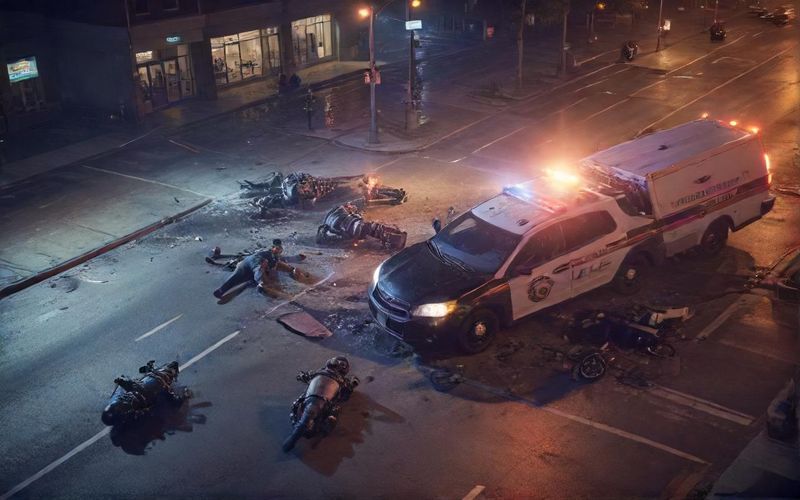Waterloo Commute Chaos: SWR Network Halted
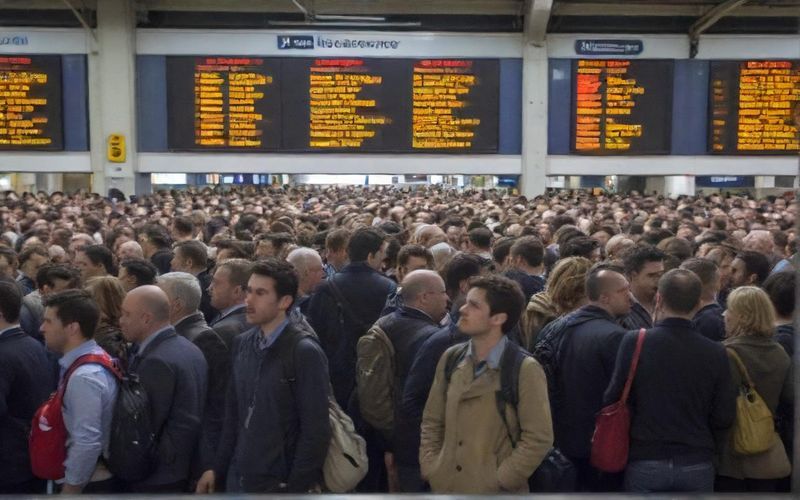
As reported by multiple news outlets, the disruption began following an incident near Wimbledon station, impacting the lines between Woking and Wimbledon. Emergency services were called to the scene, and sadly, a passenger was pronounced dead after an incident on the tracks at Surbiton Station. The British Transport Police confirmed the incident was not being treated as suspicious and a file would be prepared for the coroner. This, of course, meant that electricity powering the trains had to be switched off in the affected area, bringing services to a complete halt.
The knock-on effect was significant. For those heading to or from London Waterloo station, the impact was immediate. Platforms became packed with frustrated passengers, and many were prevented from even entering the station building to avoid further overcrowding. Bakerloo line trains, according to Transport for London, even stopped calling at Waterloo to ease the pressure. While emergency services concluded their work and lines began to reopen, the promise was still for disruption to linger for the remainder of the day, with cancellations and delays of up to 100 minutes. It’s in these moments you truly appreciate the intricate dance of our public transport systems, and how easily one cog can disrupt the entire machine. For those caught in it, needing to get to destinations like Chessington South or Hampton Court, alternative routes on TfL buses were offered.
It’s a stark reminder of the human element within these large-scale operations. While we often focus on schedules and punctuality, these events pull back the curtain to reveal the real-life dramas that can unfold. How do we, as a society, balance the need for efficient transport with the paramount importance of safety and the well-being of individuals?
